
Top tips for growing vegetables and flowering plants from seeds
5 Minute Read
From the delicate germination process to the blooming finale and the bountiful harvest, this article covers the art of seed propagation right through to transform your gardening experience. Let's get growing!How to start seeds: an expert guide to growing your own plants from seed
Essentials:
- Seed sowing compost.
- Vermiculite.
- Seed trays and pots.
- Heated propagator.
- Good quality packets of seeds.
Top tips for growing plants from seeds:
- Buy new seed sowing compost each year.
- Always follow the germination instructions on the seed packet.
- Where appropriate cover seeds with vermiculite.
- Water pots and trays from below. (Use a plant stimulant such as Revive to improve germination)
- Germinate seed in a heated propagator.
- Sow seeds at the right time of year and only when weather conditions allow you to move seedlings on from the windowsill to the cold frame, greenhouse or conservatory without a check.
- Remember to label your seeds once planted so you can easily identify later on.

Why is compost important for seed sowing?
Specialist seed compost is packed full with all of the essential fertilisers and nutrients to support germination and healthy growth. Compost is one of the most important requirements for plants as it provides nutrients that seeds and plants need, this is why it's important to invest in the correct compost for the job at hand.Raising young plants from seeds can be very satisfying and is a cost-effective way of producing large numbers of bedding and vegetable plants and a wide range of hardy annuals and herbaceous perennials for your garden.
All you require is a good quality seed sowing compost an understanding of the best seed sowing techniques and a brightly lit windowsill or greenhouse to locate a heated propagator.
At the beginning of the new season purchase fresh bags of seed sowing compost. Store in a frost-free environment and warm it up just before opening, by placing in a utility room or conservatory.
Remember, good compost preparation is an essential part of ensuring swift and consistent seed germination. On opening, fluff up the contents of the bag, making sure it is lump-free. You should now be able to ‘pour’ the compost into your chosen pot or container and with a minimum amount of levelling off.
Using a ruler or straight piece of wood, create a perfectly smooth, flat surface on which to sow seeds. Tap the pot once on a hard surface to remove particularly large air pockets, that might lead to the collapse of the compost structure when watered.
Having scored off the excess, gently press the compost using a board to deliver the correct sized gap between the compost surface and the lip of the container.
Having scored off the excess, gently press the compost using a board to deliver the correct sized gap between the compost surface and the lip of the container.
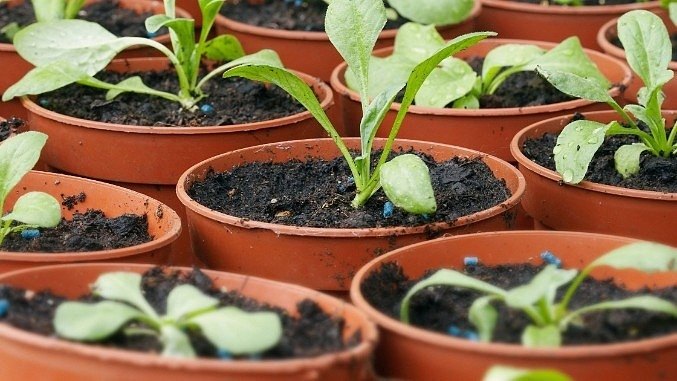
How to sow seeds
Sow thinly to reduce the risk of the seed being affected by a damping-off disease. This will also reduce the competition for light and so improve the quality of the germinated seedlings with less likelihood of them becoming straggly and stretched.When sowing seeds, think of three plus 1 size categories; small, medium and large. The plus 1 category refers to seeds such as pumpkins, sweetcorn and courgettes which can be direct sown into a 9cm pot and therefore won’t require ‘pricking out’
Medium seed and this can include the seed of bedding plants such as ageratum or Agastache germinate best when covered with a thin layer of vermiculite. Use your presser board to provide a 2-5 mm gap for this seed size.
A small seed which includes the seed of plants such as begonia and lobelia and are almost dust-fine should be sown on the surface of the compost and left uncovered. There should be no gap between the surface of the compost and the top of the container. On germination, the seed begins to grow in the best available light and so the quality of the seedlings is improved.
A large seed which includes the seed of plants such as canna, cosmos and marigold germinate best when covered with a 5-10mm layer of vermiculite.
A large seed which includes the seed of plants such as canna, cosmos and marigold germinate best when covered with a 5-10mm layer of vermiculite.
Once you have finished sowing, using a presser board, gentle press the seed into the surface of the compost. This will help anchor the germinating seedlings when the radical (root) first emerges from the seed.
Now cover the seed with vermiculite by pouring over the top of the container out of a 9cm pot. Gently tap the surface of the vermiculite using the palm of your hand to level it off. Make sure you don’t move any of the seeds underneath! The vermiculite will now be flush with the top of your container.
How should I water seeds and seedlings?
For best results water from below. Watering from above runs the risk of either disturbing the seed or the growing media or both. Stand the completed containers in a tray of tap water and allow the pot to draw up the water. Ensure that the complete soil profile becomes moist without getting waterlogged.Getting watering right from the start means that it is unlikely that you will need to water again before most seeds germinate. Over-watering early on can lead to the spread of damping-off diseases and grey mould, both can cause seedlings to collapse and die.
To improve the health and vigour of your germinating seedlings consider the incorporation of Revive at the initial watering. Revive is a microbial treatment for compost and soil and contains a strain of Bacillus subtilis.
How do propagators help seeds to germinate?
Propagators work like a miniature greenhouse and create the optimum growing environment for seeds to germinate and grow, they provide essential heat and moisture-locking properties to ensure seeds get everything they need to get started.Writing in pencil add the name of the plant and the sowing date onto a plastic label. Insert a label into each pot. Place up to 10, 9cm pots into a small heated propagator ensuring that the clear plastic lid fits snugly over the top. If your heated propagator comes with a thermostat, for most seeds, set at 20°C. Germination temperatures should be included on the seed packet.
Moisture will quickly form on the lid of the container and perhaps every couple of days lift the lid and allow the water to run back down into the bottom of the propagator.
Germination times vary but within five days you will begin to see the seedling emerge through the vermiculite, it is at this stage that maximum light levels are required and you may now be able to remove the lid of the propagator all together or alternatively remove individual pots and place where they will receive maximum light levels. This will reduce seedling stretch and the risk of straggly seedlings.
Timing is critical and if it is too cold to place your recently germinated seedlings outdoors, in a cold frame or greenhouse then it was too early to start sowing seeds.
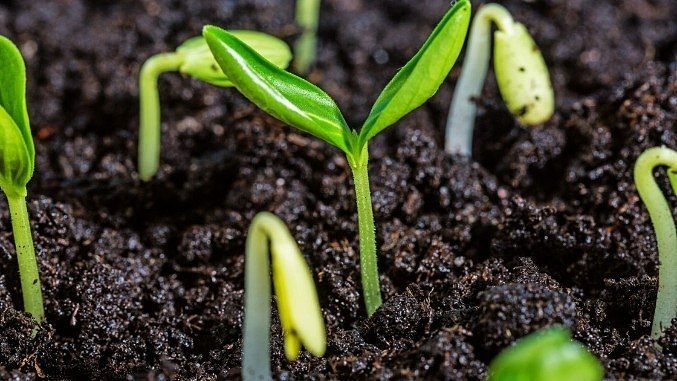
What is vermiculite and why is it important?
Vermiculite is a free-flowing, moisture-retentive and inert medium which when used as a covering for seeds, wraps the germinating seedlings in a warm, moist and humid ‘blanket’. This is ideal for germination. It also allows light to pass through it which for some seed species is important for germination. Unlike if you cover with compost, vermiculite does not form a cap and the newly germinating seedlings will gentle ease their way through to the surface.Pots & Trays
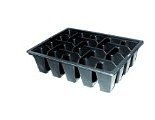
Seed Trays
These multi-cell trays are an ideal and cost-effective way of raising bedding plants and other plants that can be collectively sown and distributed.BUY NOW
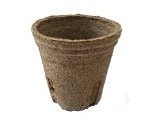
Jiffy Fibre Pots
Fibre plant pots can be planted directly in the soil and thus significantly reduce root disturbance, giving your plants a quicker startBUY NOW
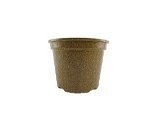
Vipots x10
Environmentally-friendly biodegradable plant pots made of natural plant fibre obtained from the waste of annual crops.BUY NOW
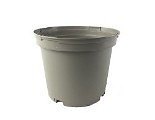
Taupe Plant Pots
Made from carbon black-free recycled polypropylene they are identifiable by near-infrared so can be identified as recyclable.BUY NOW
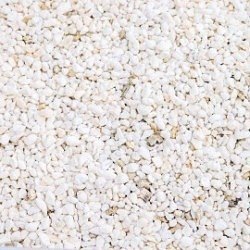
Vermiculite
Vermiculite is a natural, non-toxic mineral that is lightweight and has thermal insulation properties which means it is ideal for use as a pot topper.BUY NOW
Related Articles
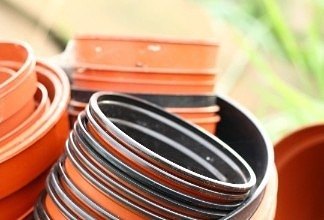
Plastic Plant Pot Dimensions and Uses
Plastic plant pots are what we do best! So we've put together this helpful guide on the dimensions of our most popular pots, their capacity in litres and what is recommended to plant in each.READ MORE
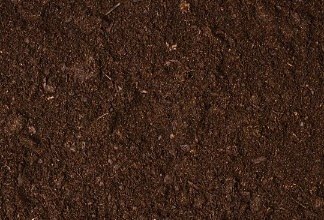
A Guide To Potting Compost and Soil Improvers
Our comprehensive growing media range offers the gardener a wide choice for all stages of plant growth. But, one of the most misused terms in gardening is 'Compost'. To avoid confusion, we like to refer to 'Compost' as a growing media rather than decomposed organic matter.READ MORE

Vermiculite - How Helpful Can This Mineral Be?
Vermiculite is ideal for the germination of seeds, used in potting compost holding more water and stimulates root growth, giving quicker anchorage of the plant and improved uptake of nutrients.READ MORE

Perlite - How Useful Can It Be?
The distinguishing feature that sets perlite apart from other volcanic glasses is that when heated to a suitable point in its softening range, it expands from four to twenty times its original volume. Perlite speeds up the germination and rooting, improves aeration, draining & insulation in Potting Mixes and improves the texture of clay soils.READ MORE
Tags: compost, plastic plant pots, seed sowing essentials, Top tips for seed sowing, vermiculite
Comments (1)
Leave A Comment
Most popular articles
1
Plastic plant pots dimensions and uses2
Peat vs Peat Free - Choosing the right Potting Compost3
How to Grow Watercress at home in plant pots4
January Jobs5
Our guide to seed sowing compost
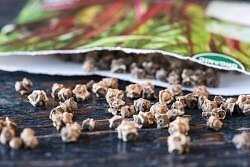
Reply